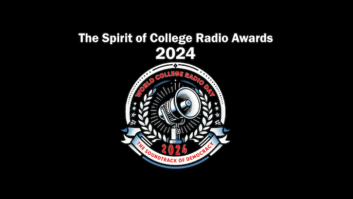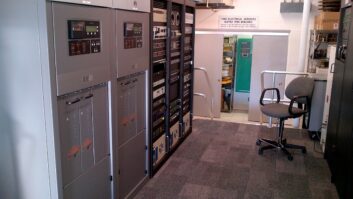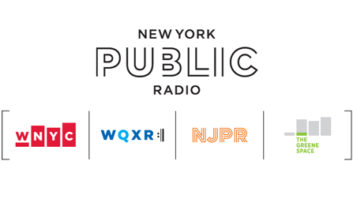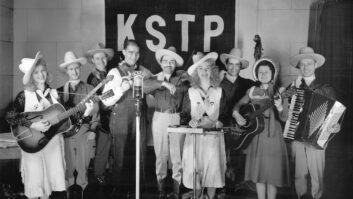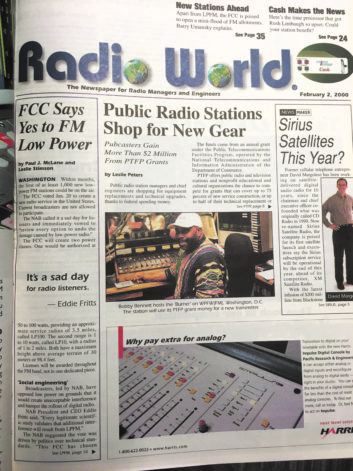
The author is founder of REC Networks.
Greetings from Riverton, Md.
Twenty years ago, the comment period for the creation of a new low-power radio service (otherwise known as LPFM) was open, and people from all walks of life were making comments.
These included comments in favor of bringing new community voices, and they also included comments of concern from broadcast interests over fears of increased interference and in some cases, increased “competition.” There was an aggressive opposition from both the National Association of Broadcasters and National Public Radio.
The Kennard-era FCC took a huge gamble by crossing into uncharted territory through proposing and eventually adopting a new FM broadcast service without a requirement to protect third-adjacent channels.
In the aftermath of the Jan. 20, 2000, adoption of the original Report and Order to establish a new LPFM service, the opposition to the new service by the establishment grew stronger.
The broadcasting lobbying efforts led by the NAB gave a CD to members of Congress that included “simulations” of what interference by LPFM stations on third-adjacent channels to full-service stations would sound like. This lead to the Radio Broadcast Protection Act of 2001, which reinstated the third-adjacent channel protections and resulted in the dismissal of hundreds of applications that could not meet the new requirements.
[FCC Proposes to Modernize and Improve NCE FM and LPFM Selection Procedures]
It would not be until a few years later that a study, mandated by the 2001 act, would show that, based on field studies, there would be little to no interference caused by LPFM stations on third-adjacent channels.
The Local Community Radio Act was signed by President Obama in January 2011 to reinstate the third-adjacent channel exemptions, in most cases.
Following the LPFM filing window in 2013, many new LPFM stations that would have otherwise been third-adjacent channel short spaced came on the air. I am not aware of any third-adjacent interference issues being caused by any of them. Real-world use of low-power stations on third-adjacent channels only shows that what was demonstrated to Congress in 2001 would never come to fruition.
To this day, there is a resentment by some in the LPFM community toward the NAB and NPR. There are some who feel that the NAB is out to “destroy” LPFM. While the NAB did come to the table to pass the compromise LCRA legislation, the association continues to oppose any positive actions being requested by LPFM. This includes REC Networks’ petitions for rulemaking RM-11749 and RM-11810.
[Ed. note: RM-11749 asked the commission to allow for service contours of up to 7.1 km for LPFMs; extend the distance that an LPFM station can move as a minor change; impose second adjacent channel protections to LPFM stations by FM translator and booster stations; and sought relief in the local origination pledge for time-share LPFM stations. In RM-11810, REC focused on addressing “unnecessary overprotection of other broadcast facilities by LPFM stations as well as disparity in the relationship between LPFM stations and FM translators.”]
Ironically, during the RM-11749 proceeding, a few state broadcaster associations even came forward to admit that they had LPFM stations in their membership and that those stations were not as bad as some had thought in the past. Some have gotten over the fear of the unknown and have moved on from their pre-LCRA fears.
I must note that, while there was resentment of NPR because of its actions in the early days over interference fears, resentment lingers because of NPR’s alleged involvement in decisions made by individual college stations to remove student programming and to adopt a mainstream public radio model. That is a conversation for another day.
WHAT POP CULTURE SAYS ABOUT RADIO
On the Sunday during this year’s NAB Show, Fox aired an episode of the television show “Bob’s Burgers” titled “Long Time Listener, First Time Bob.” The episode was about a former local DJ who lost his job at the station when the corporate owners switched to automation and voice tracking (because “no one wants to hear a DJ who talks too much and plays whatever they want”) and ended up working at a bowling alley. This episode touched on a few things many of us could definitely connect to regarding the state of radio and got me wondering if the airing of this episode during NAB Show was intentional.
In one scene, set at the bowling alley, family patriarch and titular character Bob Belcher tells the DJ that he would like to hear him back on the radio again. Then he asked his kids if they would like to hear them on the radio. First, the edgy daughter Louise answered, “I like this guy’s style. I hope I burn half as many bridges at his age.” Bob’s son Gene enthusiastically answered, “I want to listen, too!” But then whispers to his sister, “What is a radio again?”
What Gene Belcher asked in this episode was not far from reality. We have a new generation that is not being exposed to radio. In addition, we have earlier generations that are turning away from radio. This is because of a threat that is much bigger than a few 100 W (and eventually 250 W) LPFM stations could ever be. That threat is “non-radio” — streaming services that do not require a broadcast license and are available anywhere and at any time.
That threat not only impacts the NAB members and other full-service stations, but it also affects LPFM. Despite what some may say, fewer people are turning on the radio than in the past. We are in a time when radio’s future of prominent presence on the dashboard is under threat in favor of streaming services.
Radio has the power to build and move a community, and it can be used by anyone, regardless of their socioeconomic status or availability of broadband services. A subscription is never required.
PROGRAMMING IS THE KEY
The way I see it, radio — both full-power and low-power stations — needs to provide compelling content, not to bring listeners to a specific station but to get people to turn the radio back on again.
If a community-based LPFM station starts presenting programming that is not available elsewhere, this is going to get someone to turn the radio on. While they are there, they may check out the other stations on the dial. A full-service station carrying local events and information that is tailored to their community may be what it takes to get more listeners to push the “on” button and start listening again. We need people, especially our younger generations, to recognize that they have always had one of the greatest “apps” for listening to music, news and other entertainment. They don’t need a smartphone, just a radio.
We are coming up on LPFM’s 20-year anniversary. There have been many success stories from this service over that time. Stations like KBUU(LP) in Malibu, Calif., which was on the air in the aftermath of the southern California brush fires carrying localized information and was still operating on a generator months after because power had not been restored to the transmitter site. Then there’s KWSV(LP) in Simi Valley, Calif., which is actively involved with its community through their storefront main studio and popular high school football coverage. Just down the road from here in Cambridge, Md., is WHCP(LP), which is also very connected to its community and the local arts scene.
[Subscribe to our newsletter and get it delivered right to your inbox.]
There are many other successful LPFMs across the nation. If this is what it takes to get people to discover (or rediscover) radio, then it is something we need to do.
With that, I feel that it is time to stop this animosity between the NAB and LPFMs, and we need to work together to keep the word “radio” first on the minds of anyone looking for news, information and entertainment. This can only happen if all of radio is working together. Otherwise, we will all fall prey to the same common threat.
Comment on this or any article. Email radioworld@futurenet.com with “Letter to the Editor” in the subject line.
